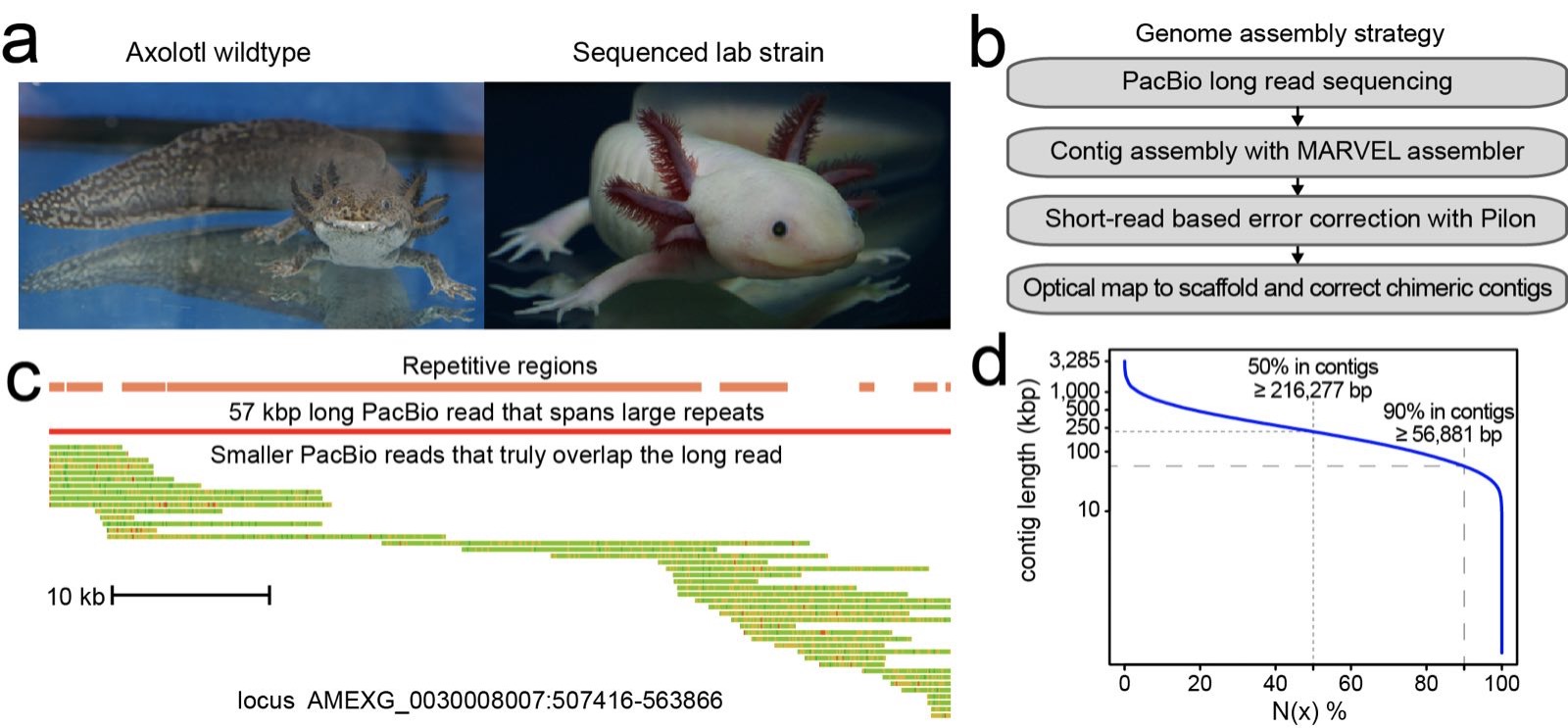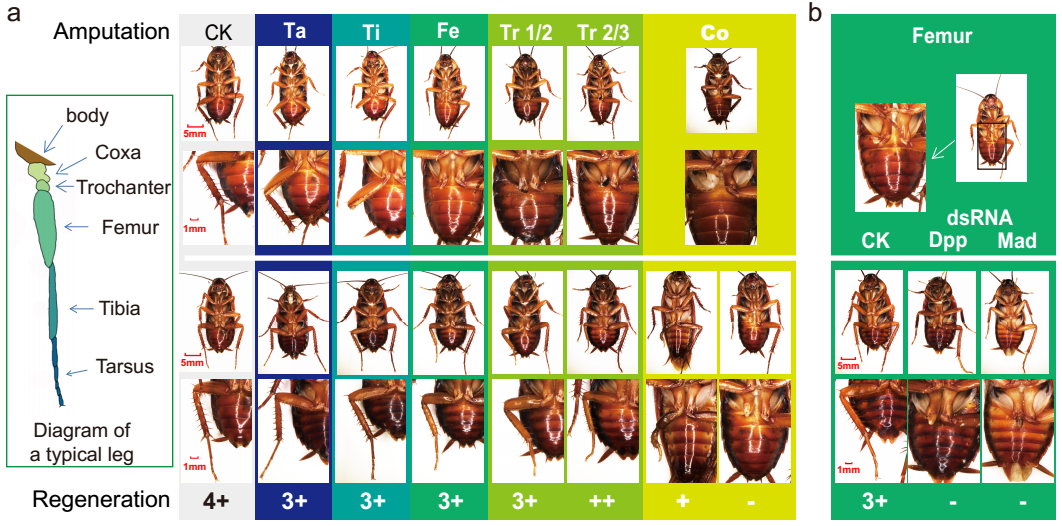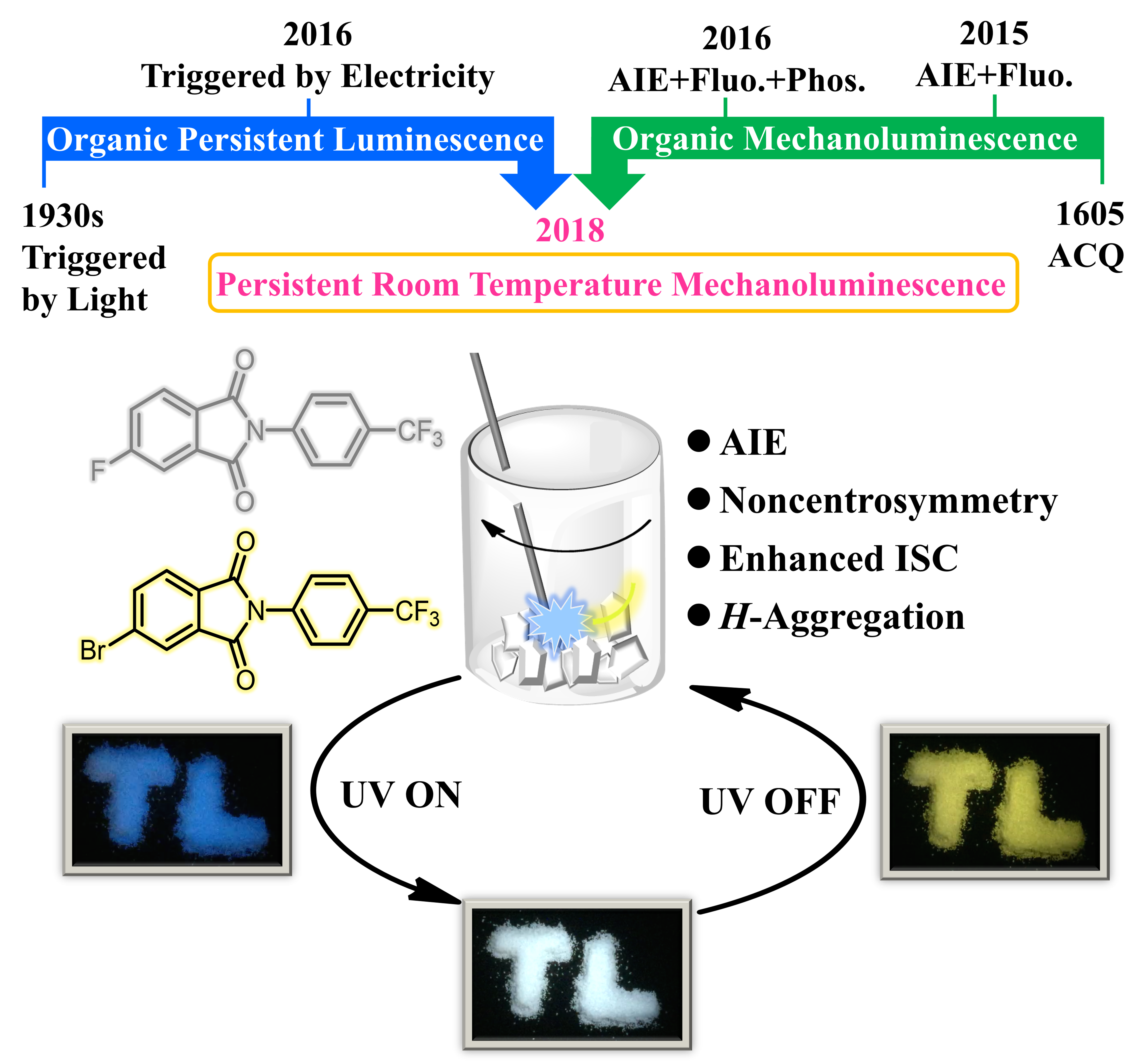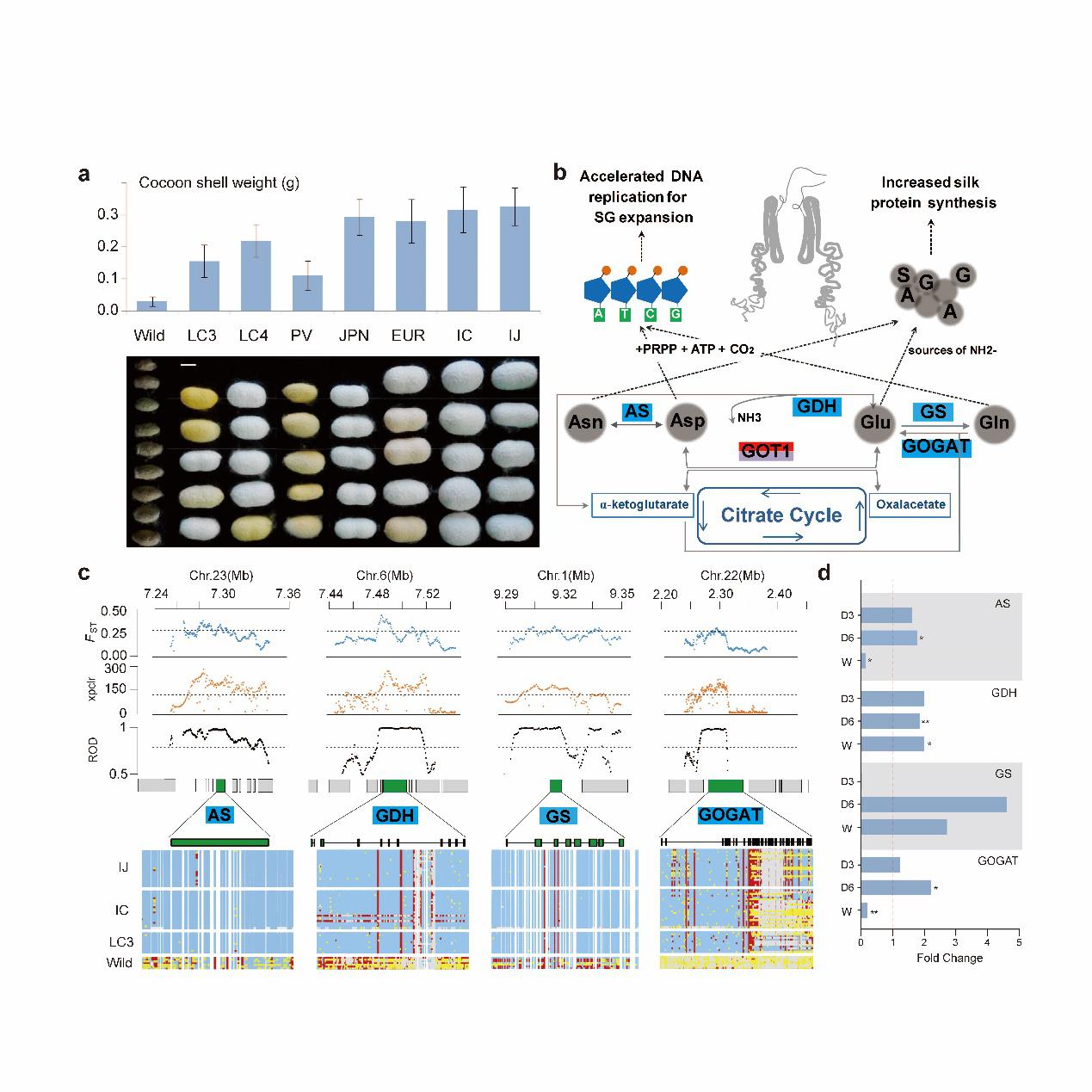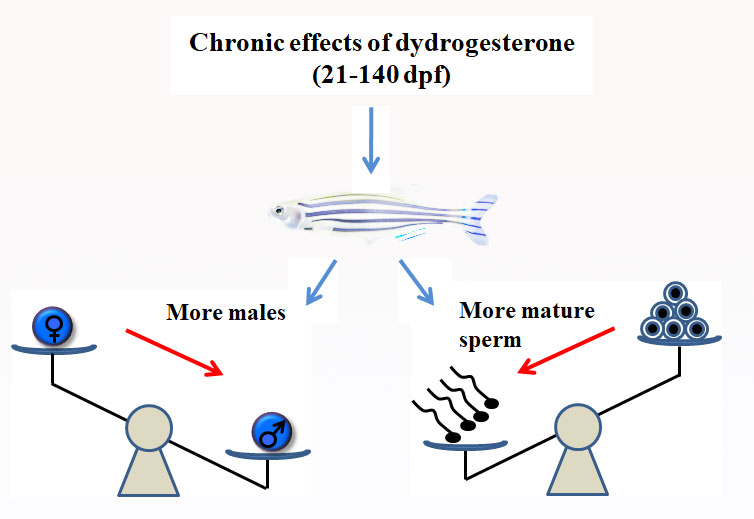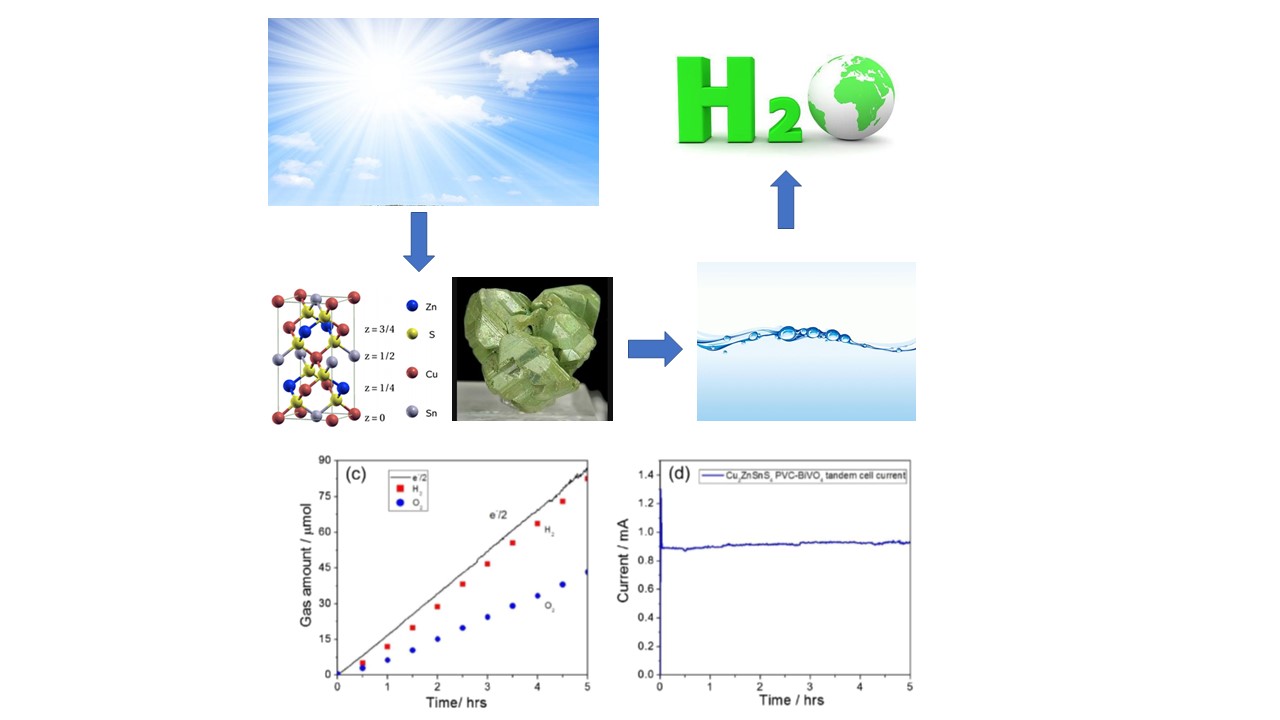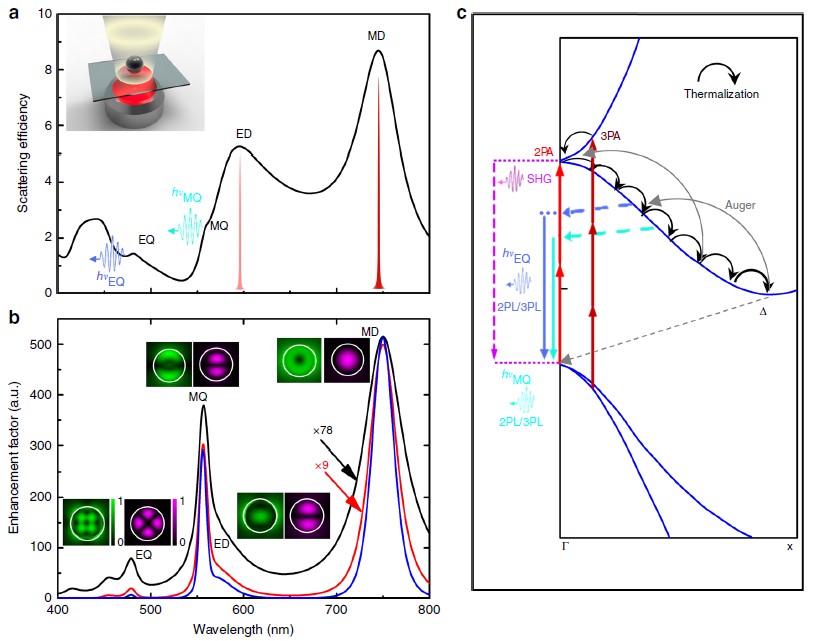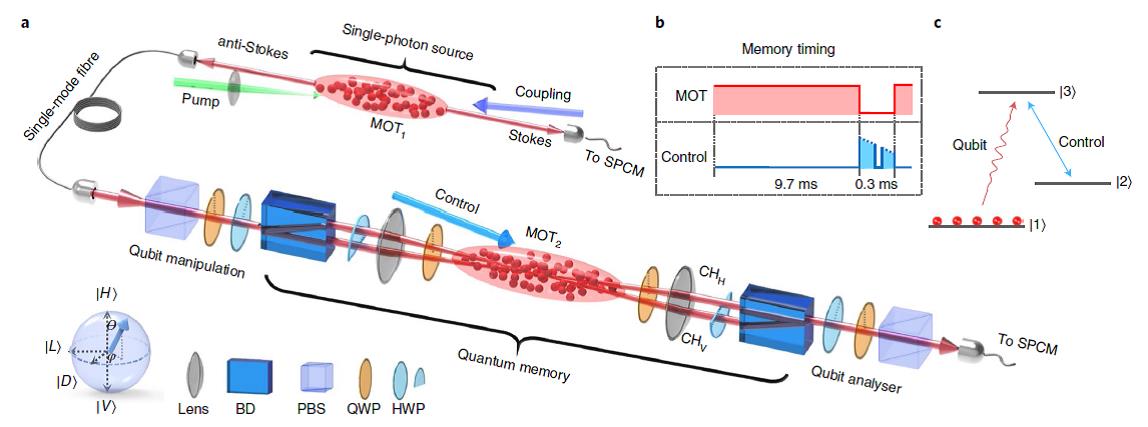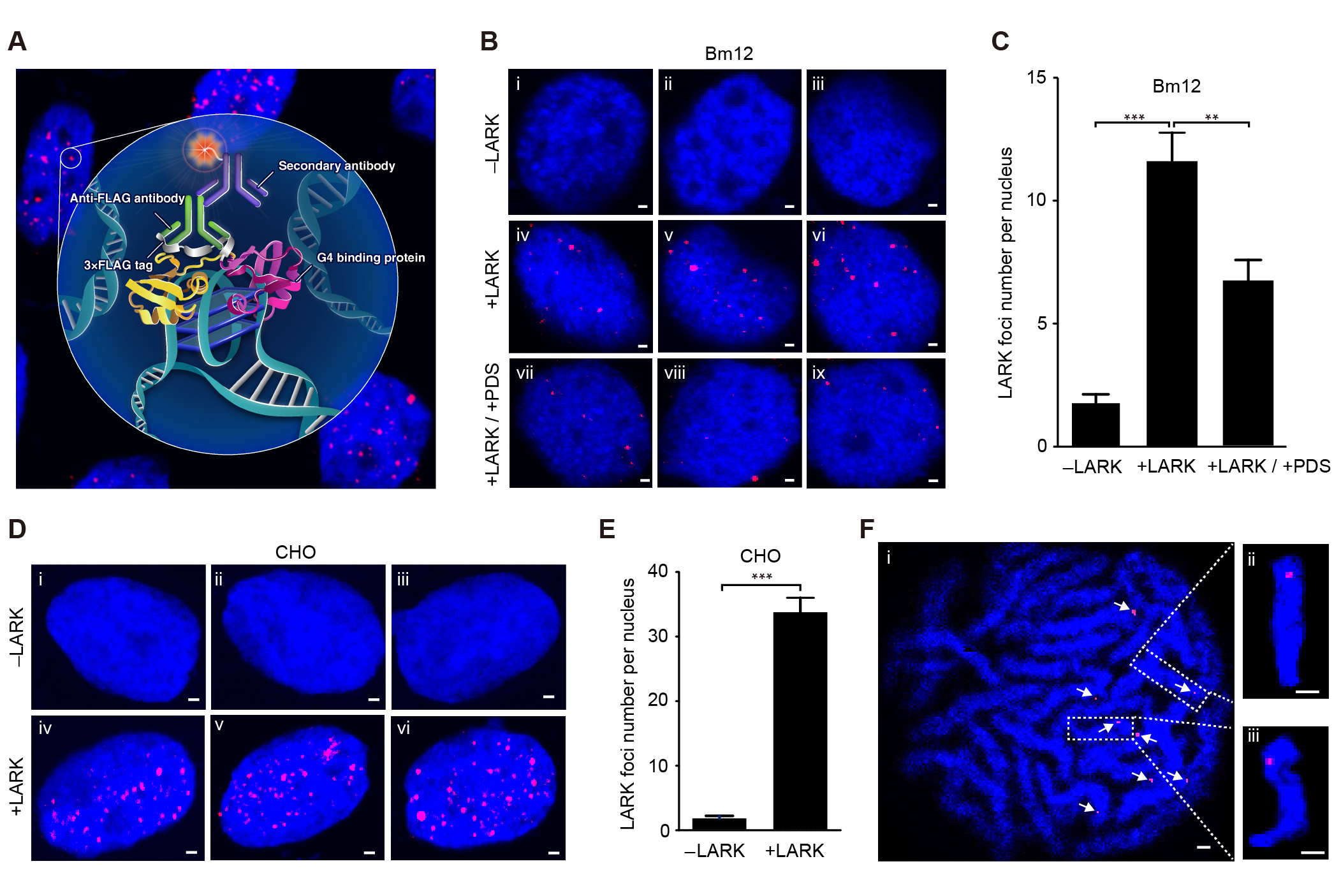
Likes
On June 5, Nucleic Acids Research, a major international academic journal, published the research results of Professor Feng Qili's research team at the Institute of Insect Science and Technology, School of Life Sciences, SCNU, in an article entitled “Identification of LARK as a novel and conserved G-quadruplex binding protein in invertebrates and vertebrates”.
Professor Feng Qili's research team discovered the structure and function of the promoter of the BmPOUM2 gene in the silkworm, and found that the gene promoter has G4 and i-motif high-level structures. Through molecular biology, cell biology, developmental biology and genomics, the team studied the characteristics of the high-level structure of BmPOUM2 gene promoter, binding proteins and their biological functions, and preliminarily explained the mechanism of the molecular structure, and analysed the frequency, distribution and structural characteristics of G4 and i-motif in the whole genome of silkworm. The study found that there are G4 and i-motif high-level structures on the positive and negative strands of the BmPOUM2 gene promoter, and these high-level structures are involved in the regulation of BmPOUM2 gene expression. It was also found that the nuclear transcription factor BmILF binds to the i-motif structure and affects the transcription of the gene. The results were published in Nucleic Acids Research in February 2018.
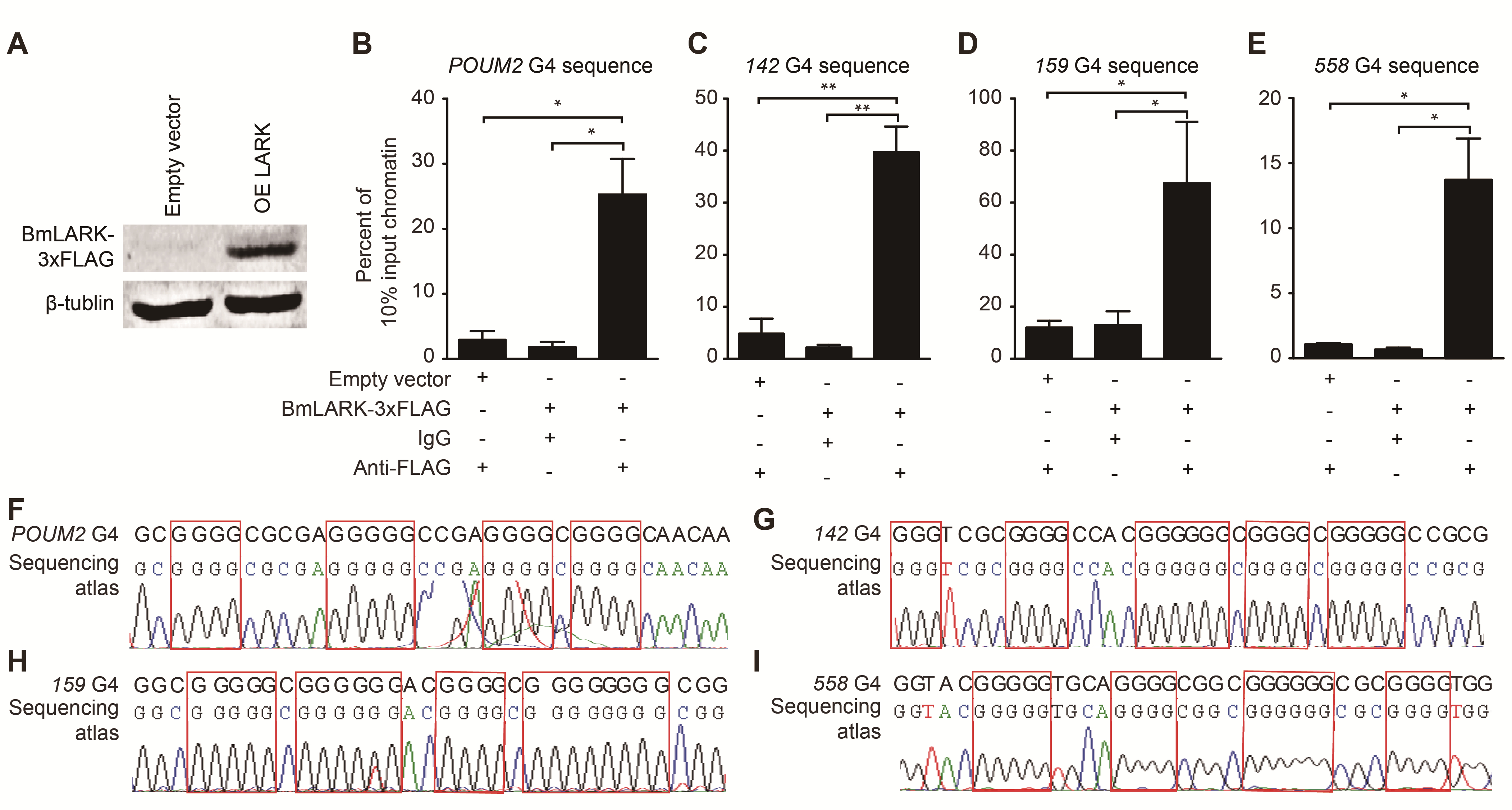
Based on this research, the team further identified a new G4 binding protein, LARK, which was demonstrated by a series of biochemical, molecular biology and cell biology methods. The nuclear transcription factor LARK protein specifically binds to the G4 structure, and the protein is highly conserved in structure and binding activity from lower invertebrates to higher vertebrates. The LARK protein in Bombyx mori can recognize the G4 structure of other biological genes; the LARK protein of other organisms can recognize the G4 structure of the silkworm gene. The binding of the LARK transcription factor to the G4 structure activates multiple target genes such as BmPOUM2 and transcription of multiple genes in fruit flies and humans. The study skillfully utilized the specific G4 binding protein antibody to observe the presence of G4 structure in the silkworm cells and chromosomes by immunofluorescent staining, thereby demonstrating the G4 high-order structure in DNA molecules not only in vitro but also in vivo.
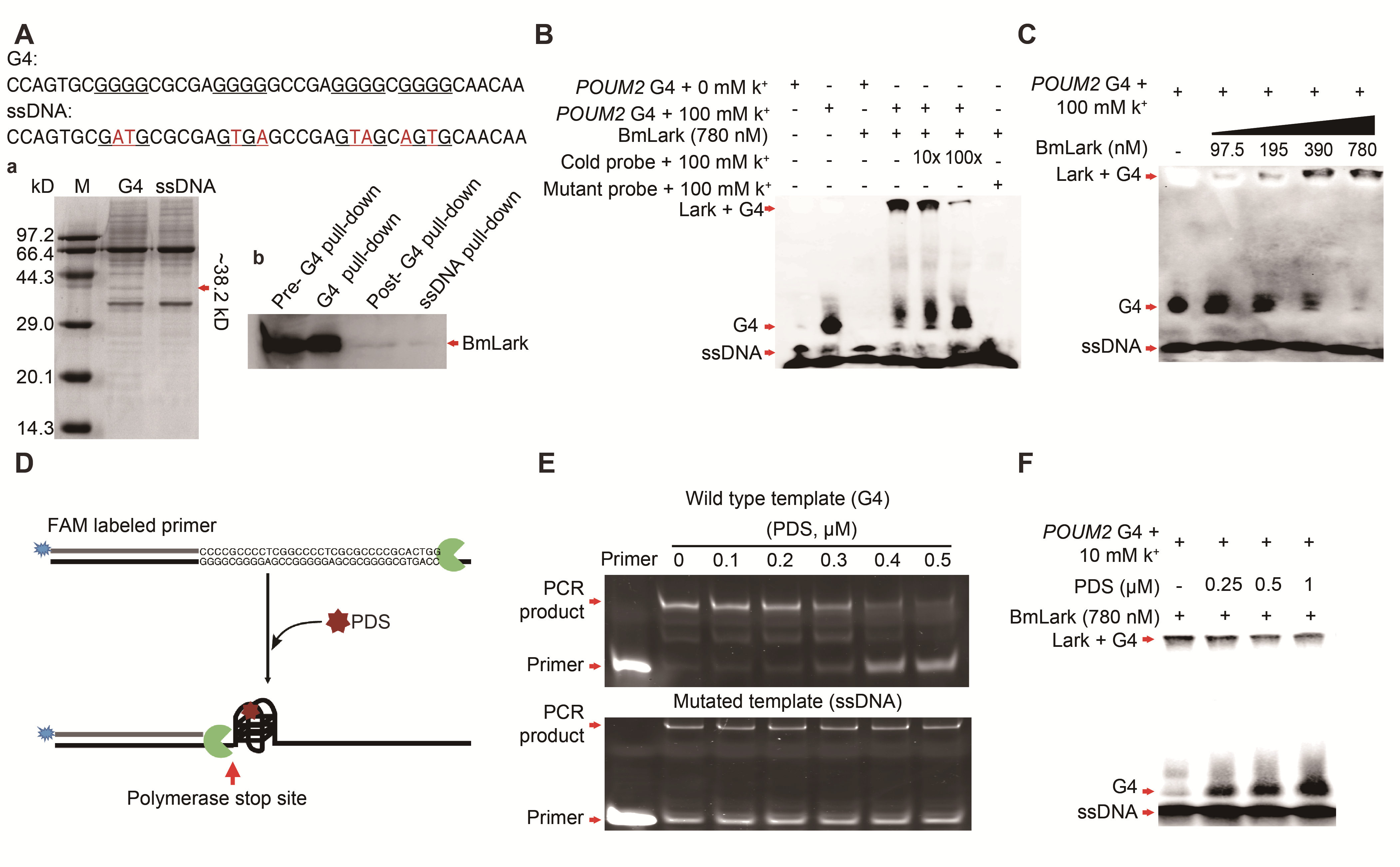
Based on these studies, the research team proposed that the regulation of gene transcription by high-level DNA structures such as G4 and i-motif is a new apparent regulation mechanism. The important scientific and application significance of this research is: 1) The regulation mechanism of gene (or protein) expression usually involves or depends on the primary structure sequence and epigenetic regulation of gene DNA or transcript mRNA, including DNA methylation, mRNA Cutting, ribosome assembly and other processes. This study proposes that gene transcriptional regulation is not only determined by the primary structure of its DNA sequence, but also by the secondary structure involved in the regulation of gene transcription; 2) These advanced structures involved in gene transcriptional regulation can serve as new targets for regulating growth and development of organisms.
Translated by Tang Suying
Proofread by Edwin Baak
Reviewed by Li Jianru
What to read next:
